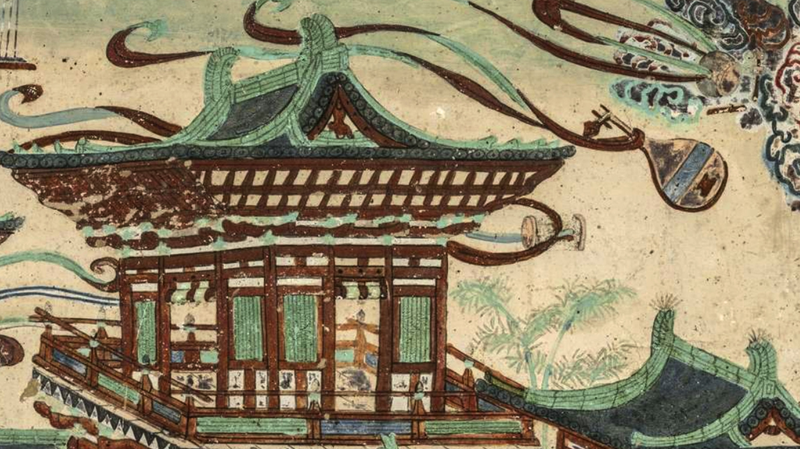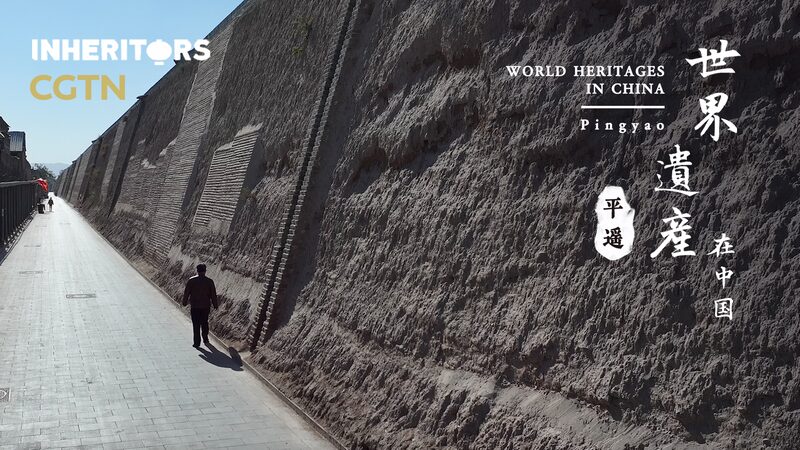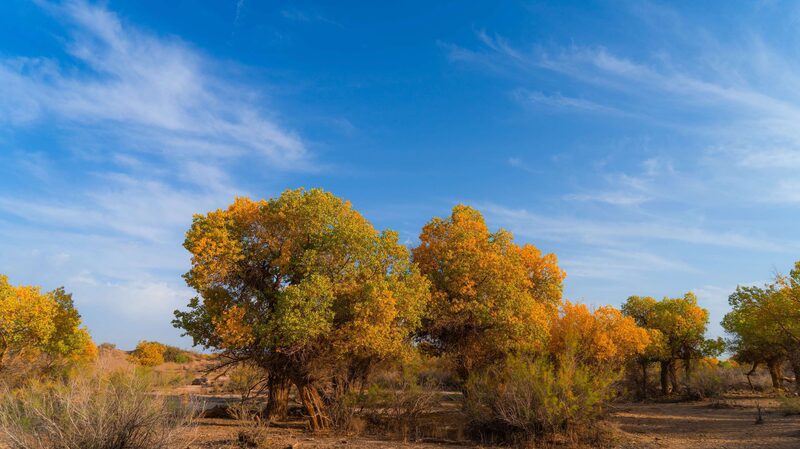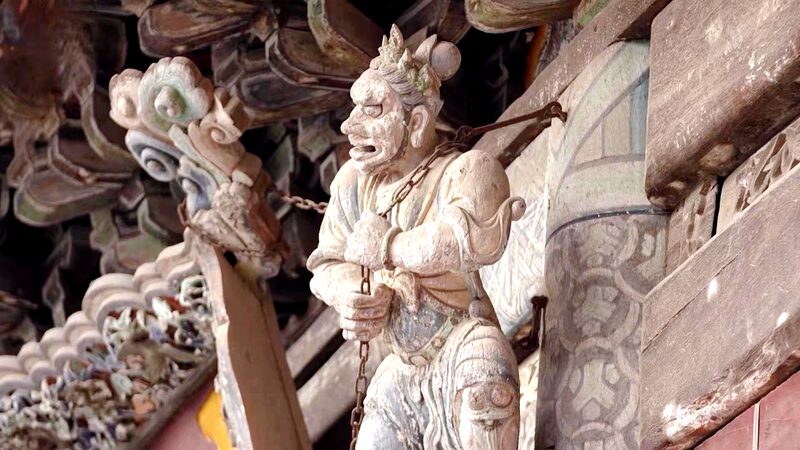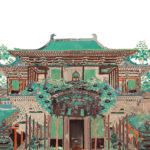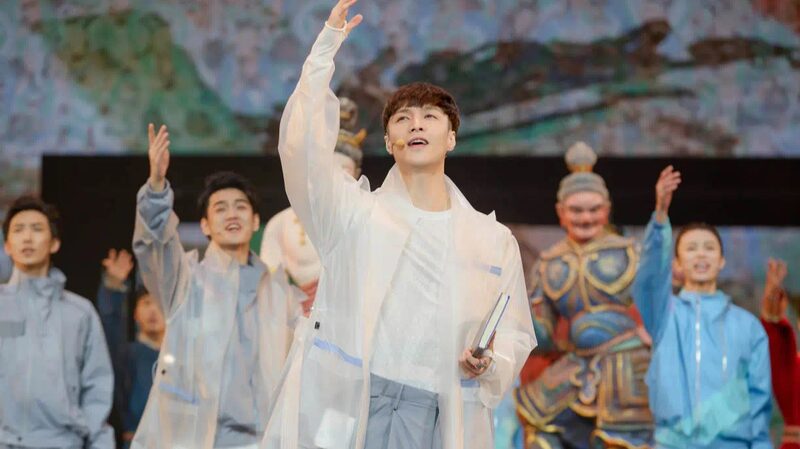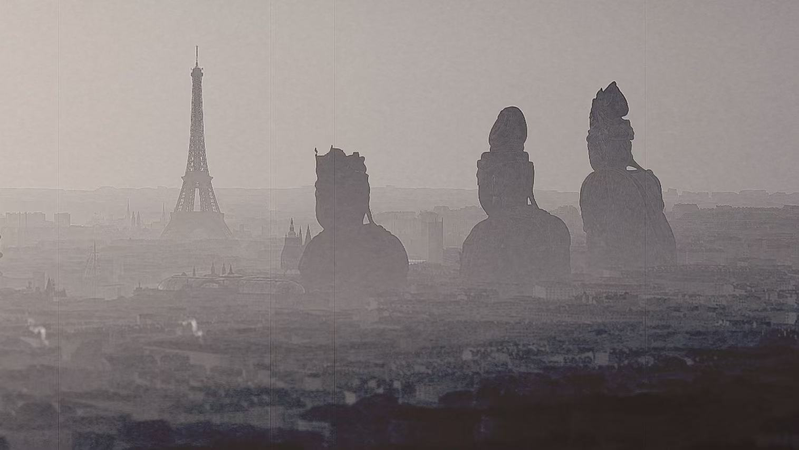In the desert oasis of Dunhuang, a 1,300-year-old mural in Mogao Cave 217 offers a window into the spiritual and artistic zenith of China's Tang Dynasty. The northern wall masterpiece centers on Amitabha Buddha, depicted in tranquil meditation, his golden figure radiating serenity amid a celestial tableau.
Above the enlightened one unfolds an architectural marvel: a multi-tiered complex of palaces, pavilions, and winding corridors rendered with groundbreaking three-dimensional depth. This heavenly cityscape – blending realism with sacred symbolism – showcases advanced Tang artistic techniques that predate Western linear perspective by centuries.
Scholars suggest the mural served as both spiritual guide and cultural manifesto, reflecting the Tang Dynasty's syncretic fusion of Buddhist philosophy, imperial cosmology, and architectural innovation. Today, this UNESCO World Heritage Site continues to captivate historians, artists, and spiritual seekers, offering insights into Asia's cross-cultural exchanges during one of its most influential eras.
Reference(s):
cgtn.com
